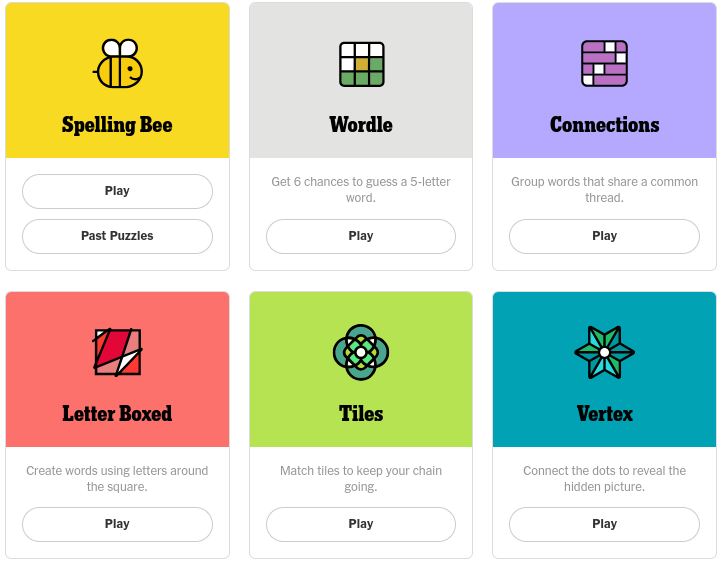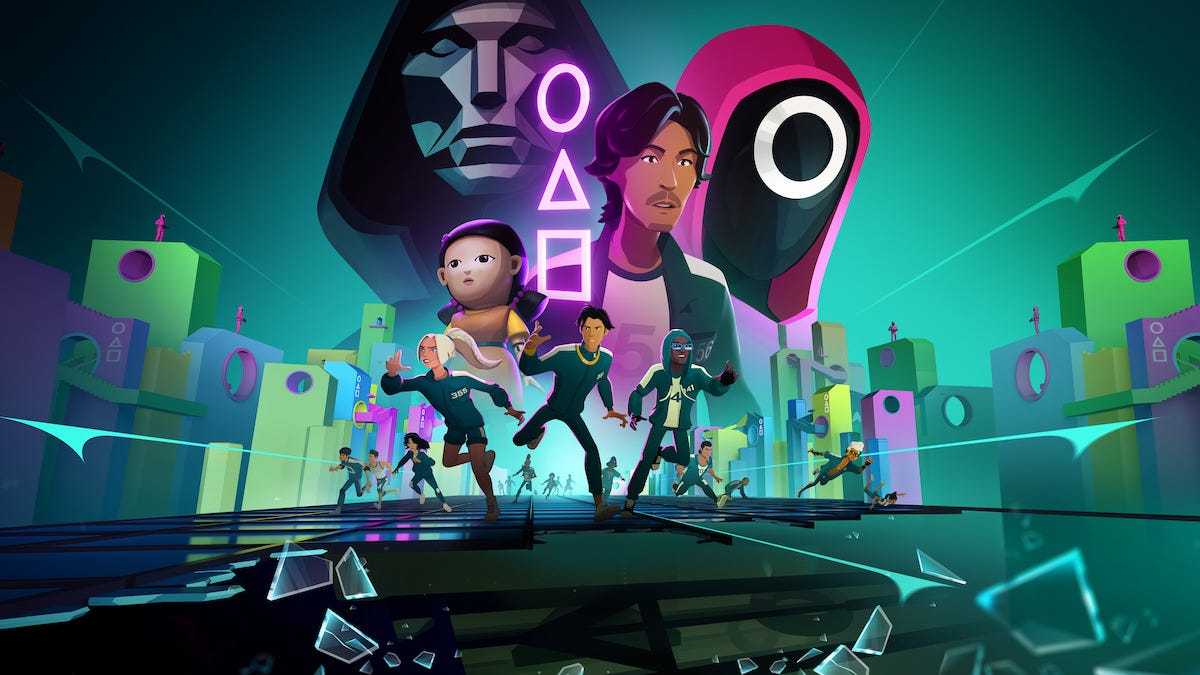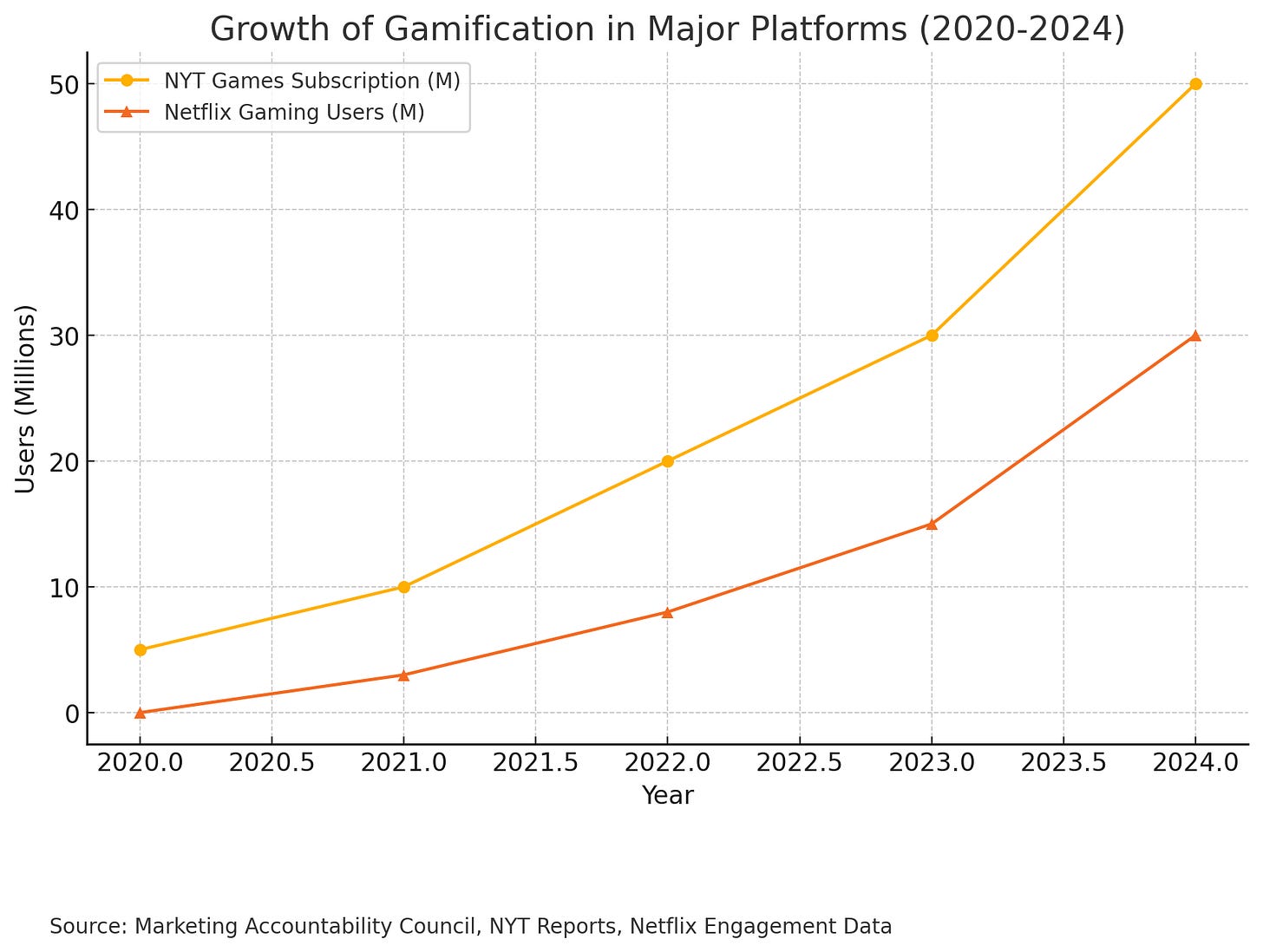Initially seen in loyalty programs and engagement tracking, gamification has evolved into comprehensive gaming ecosystems. Companies like The New York Times and Netflix are not just using game mechanics; they are creating interactive games to enhance engagement and boost revenue.
Previously, gamification was a more subtle approach, utilizing psychological triggers such as points and leaderboards. Today, it has transformed into a strategy that integrates digital gaming with real-world experiences.
The Early Origins of Gamification
1. Loyalty and Rewards Programs
Frequent flyer programs in the 1980s pioneered gamification by rewarding repeat customers with miles and tiered status levels. This model later influenced:
Starbucks Rewards, which turned coffee purchases into a game.
Retail stores with punch-card loyalty programs encouraging repeat visits.
Credit card companies offering cashback and tiered membership perks.
2. Streaks and Habit Formation
Psychologists like B.F. Skinner discovered that intermittent rewards make behaviors more habit-forming. Tech companies used this insight to keep users engaged:
Duolingo introduced streaks, rewarding users for daily learning.
Fitness apps like Fitbit set daily step goals, keeping users motivated.
Snapchat’s "Snap Streaks" gamified daily communication, making it harder for users to take a break.
3. Points, Badges, and Social Competition
Before businesses integrated full games, they used small, frequent rewards to make progress feel tangible:
Nike Run Club awarded digital trophies for fitness achievements.
LinkedIn’s profile strength meters encouraged users to complete their profiles.
Educational platforms like Khan Academy used badges to motivate students.
Gamification worked—but businesses soon realized real games were even more powerful.
The New York Times: From Journalism to Gaming Powerhouse
For decades, The New York Times was a leading news source. By 2024, one of its fastest-growing revenue streams wasn’t news—it was gaming.
How NYT Turned Games into a Business
The transformation began in 2022 when The New York Times acquired Wordle. Unlike news, which users consume sporadically, Wordle created a daily engagement loop, making it one of the most addictive digital experiences.
Recognizing the potential, The New York Times expanded its gaming division, introducing:
Wordle – A daily word puzzle with built-in virality.
Connections – A pattern-matching puzzle that challenges logical thinking.
The Mini Crossword – A quick, engaging crossword puzzle.
Spelling Bee – A word game that encourages creative word formation.
Why This Shift Matters
News consumption is inconsistent—some days, readers check multiple articles, while others disengage entirely. Games, however, create daily rituals, ensuring constant engagement.
By launching a dedicated gaming subscription, The New York Times has diversified its revenue streams, shifting from a content-first company to an engagement-driven business.
Netflix: From Streaming to Gaming & Anti-Theme Parks
Netflix built its empire on binge-worthy streaming, but it has since expanded into interactive gaming to extend user engagement.
How Netflix Is Evolving Engagement
As competition in the streaming industry intensifies, Netflix has invested heavily in gaming to keep users within its ecosystem longer.
Squid Game: The Challenge – A massive multiplayer experience where users compete in elimination-style battles, mirroring the hit show.
Stranger Things and Rebel Moon Games – Expanding Netflix’s franchises beyond television into interactive digital storytelling.
Netflix Bites and Netflix House – Integrating real-world experiences with gaming to make entertainment immersive.
The Anti-Theme Park Concept
Netflix isn’t stopping at digital games. Netflix House, set to open in multiple cities, is an immersive gaming experience where fans can:
Compete in real-world Squid Game challenges.
Dine in Netflix-themed restaurants.
Purchase exclusive show-related merchandise.
Instead of investing in traditional theme parks like Disney, Netflix creates flexible, immersive experiences that integrate digital and real-world gaming.
Growth of Gamification in Major Platforms (2020-2024)
This timeline chart tracks the growth in subscribers/users for NYT Games and Netflix Gaming, illustrating the rapid rise of gamified engagement.
Source: Marketing Accountability Council, NYT Reports, Netflix Engagement Data.
These charts visually demonstrate why companies are increasingly investing in gamification—because it extends engagement and creates new revenue streams.
Ethical Gamification: How Businesses Can Use Games Responsibly and Profitably
Gamification often blurs the line between engagement and exploitation. The Marketing Accountability Council (MAC) has outlined key ethical principles businesses should follow when designing gamified experiences.
1. Transparency Over Addiction
Businesses should disclose game mechanics and avoid intermittent reinforcement techniques used in gambling.
Wordle’s once-a-day limit prevents addiction and keeps users engaged without overuse.
2. Meaningful Engagement Over Time-Wasting
Not all time spent on a site is valuable.
Gamified systems should enhance user experience, not just extend session duration for the sake of engagement metrics.
3. Reward Participation, Not Just Stickiness
Games should reward completion and skill, not just repeat engagement.
Duolingo streaks encourage consistent learning, rather than mindless app use.
4. Limit FOMO and Urgency-Based Mechanics
Scarcity should not manipulate users into compulsive engagement.
Ethical gamification ensures users stay in control of their interactions.
When Should a Business Invest in More Games Like Wordle?
1. Your Brand Has a Built-in Daily Habit
The NYT Games subscription works because news is already a daily behavior.
If users visit your site daily for another reason, a game can reinforce that habit.
2. Your Business Needs a Diversified Revenue Stream
The NYT Games subscription generates $2.3M per month.
If ad revenue is unpredictable, a gaming subscription can create stability.
3. Your Users Already Engage With Interactive Content
If your audience likes quizzes, challenges, or puzzles, a game might be a natural extension.
4. Your Brand Has IP That Can Be Gamified
Netflix's Stranger Things and Squid Game work well as interactive games.
If you own a recognizable IP, a game can increase engagement beyond passive content consumption.
Final Thought: Is Gamification the Future of Engagement?
The key isn’t just making users stay longer—it’s about making their time meaningful. A well-designed game enhances brand value, while a manipulative game damages trust. Businesses investing in gaming should focus on engagement that genuinely benefits the user—not just engagement for the sake of a metric.







